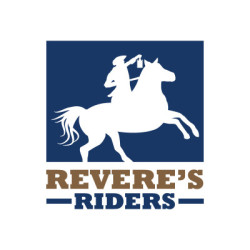On This Day: 401 Years Ago, The Mayflower Landed
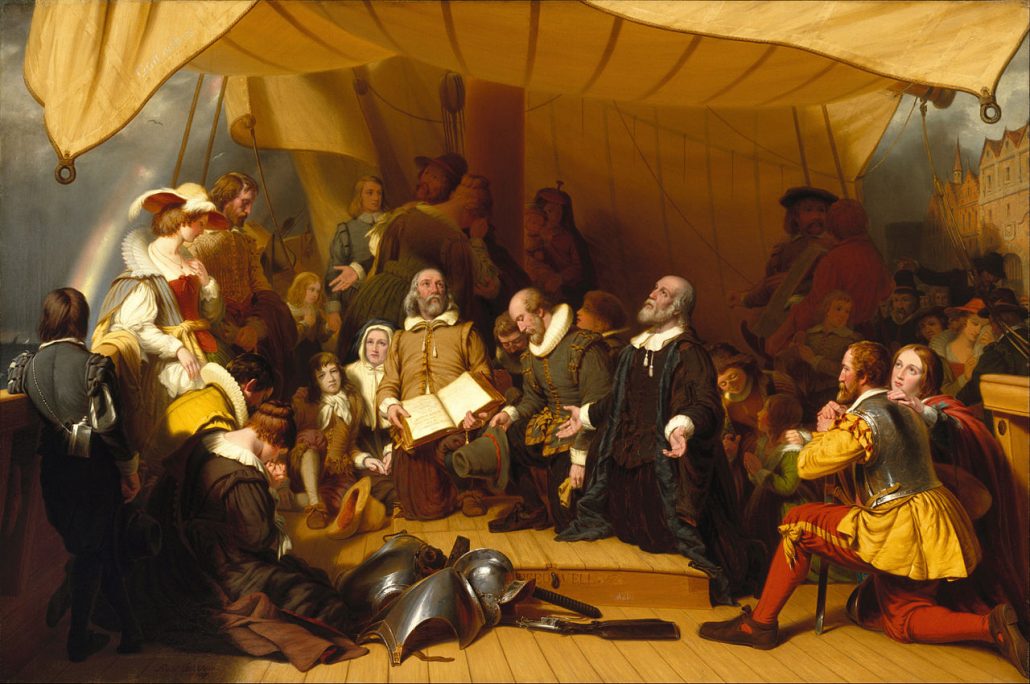
401 years ago today, November 21st, 102 passengers and 30 crew on the Mayflower landed at Plymouth Rock near modern day Cape Cod, Massachusetts after 10 weeks at sea.
The passengers on the Mayflower were separatists from the Church of England who had fled to The Netherlands to escape what they viewed as religious persecution in England. In 1559, the Act of Uniformity required all Englishmen to attend official Church of England services or suffer a fine. Those who opposed being forced to attend Church of England services as well as other aspects of Church of England doctrine and administration were referred to as Brownists or Puritans. The Brownists and Puritans distinguished themselves from other religious “separatists” in that they believed they should be allowed to worship outside of the Church of England.
In 1607 or 1608, many of the Puritans moved to Leiden in The Netherlands where they would be allowed religious freedom. The move was mostly successful as some in the group found work at Leiden University while others found work in the trades. However, both language and a substantially more liberal culture were a barrier that many found difficult to overcome. Some of the group exhausted their finances and were forced to return to England while it became increasing difficult to convince other Puritans in England to come to The Netherlands due to the expense and lack of meaningful work. The liberal Dutch culture was also proving to be a strong enticement for Puritan youth to leave the group. By 1617, the group started work on plans to leave The Netherlands for the New World.
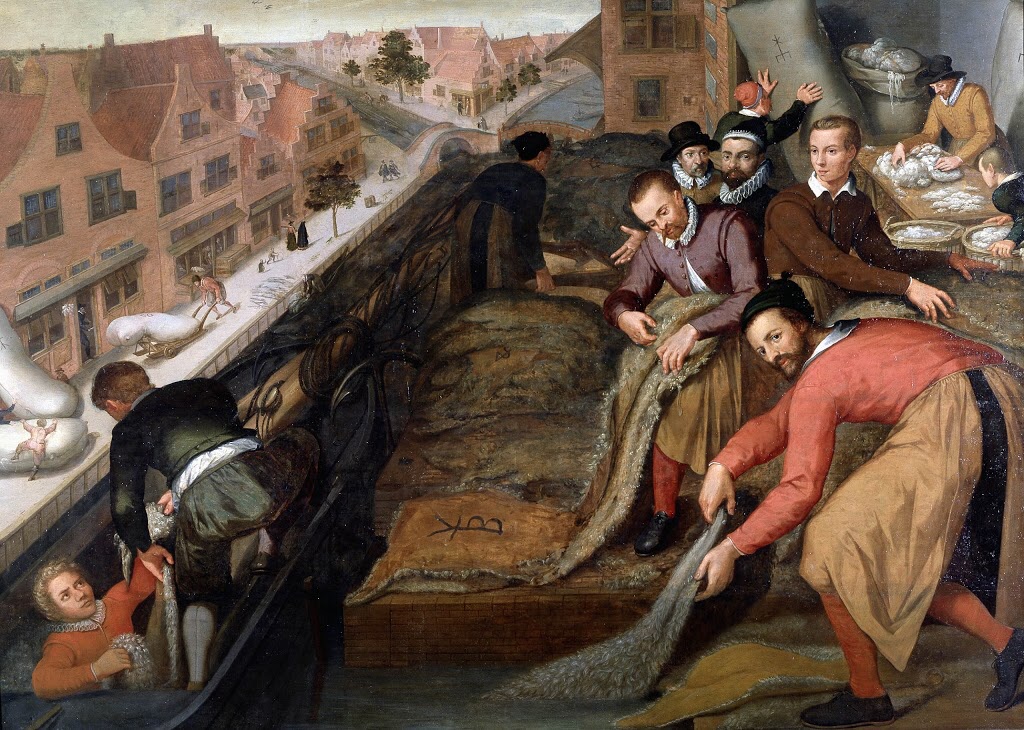
The voyage to the New World was an audacious and dangerous undertaking. Jamestown Virginia, founded in 1607, saw 440 of the original 500 settlers die of starvation during the first six months of winter. The Puritans were also undoubtedly aware of reports of near constant threat of attacks by indigenous peoples in the New World. Despite this, the Puritans wrote:
We verily believe and trust the Lord is with us and that He will graciously prosper our endeavors according to the simplicity of our hearts therein.
Not all of the Puritans in The Netherlands were able to make the trip as many could not settle their affairs in time or had insufficient finances to afford the trip. It was decided that the first voyage to the New World be primarily undertaken by the younger and stronger members. The remainder agreed to follow if and when it became possible.
The trip to the New World was to be undertaken using two ships: the smaller Speedwell along with the Mayflower. The Speedwell would first carry Puritans from Leiden to England where they would be joined by additional passengers and supplies to depart on the Mayflower with Speedwell accompanying them. Unfortunately, the Speedwell suffered leaks on three separate departure attempts each of which required both ships to return to England for repairs to the Speedwell.
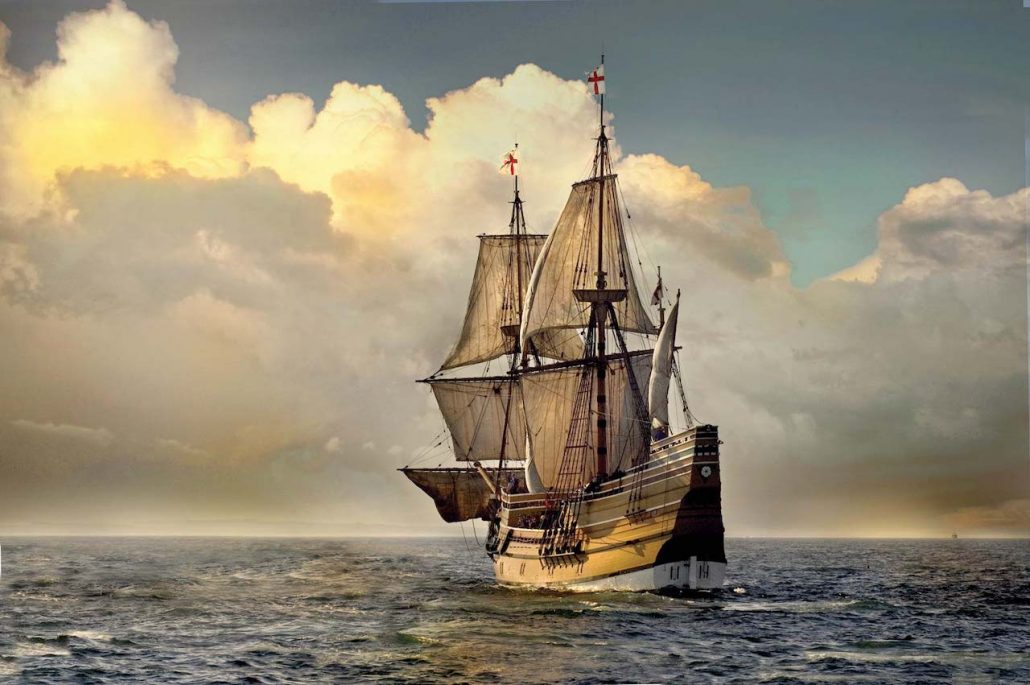
After the third leak, the Puritans sold the Speedwell and consolidated all their passengers and cargo onto to the, now overloaded, Mayflower. While the Puritans initial departure was in mid July 1620, the delays caused by the leaks to the Speedwell had forced a dangerously late final departure of September 16, 1620. The delay had also caused a depletion of the Puritans’ supplies:
We lie here waiting for as fair a wind as can blow… Our victuals will be half eaten up, I think, before we go from the coast of England; and, if our voyage last long, we shall not have a month’s victuals when we come in the country.
The ocean voyage proved pleasant for the first half of the journey. However, the weather changed and the Mayflower was lashed by vicious northeasterly winds and heavy seas forcing her crew to drop sails continue under bare masts lest her sails be ripped to shreds.
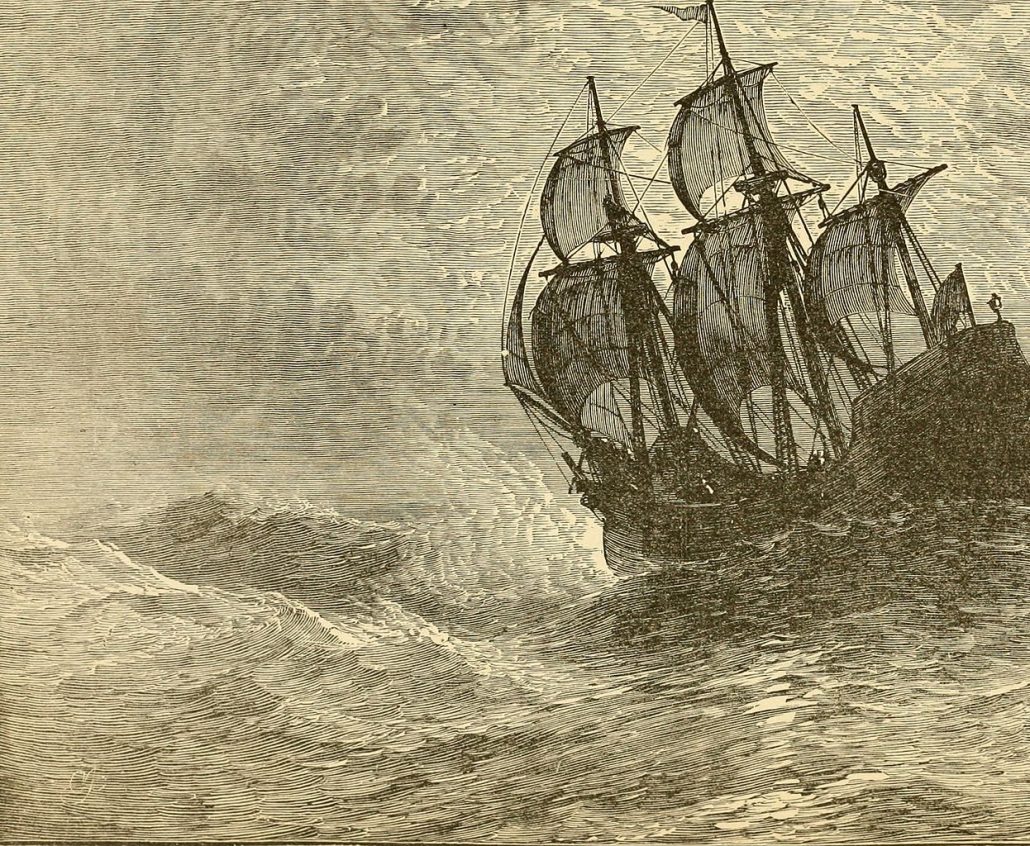
On November 19, 1620, land was sighted near present day Cape Cod, far north of the intended destination in Virginia. The Mayflower attempted to sail south but was thwarted by strong winter weather and forced to return to Cape Cod.
Before setting anchor in Provincetown Harbor, the Puritans drew up the Mayflower Compact designed to provide a framework for governance of their little group in the New World.
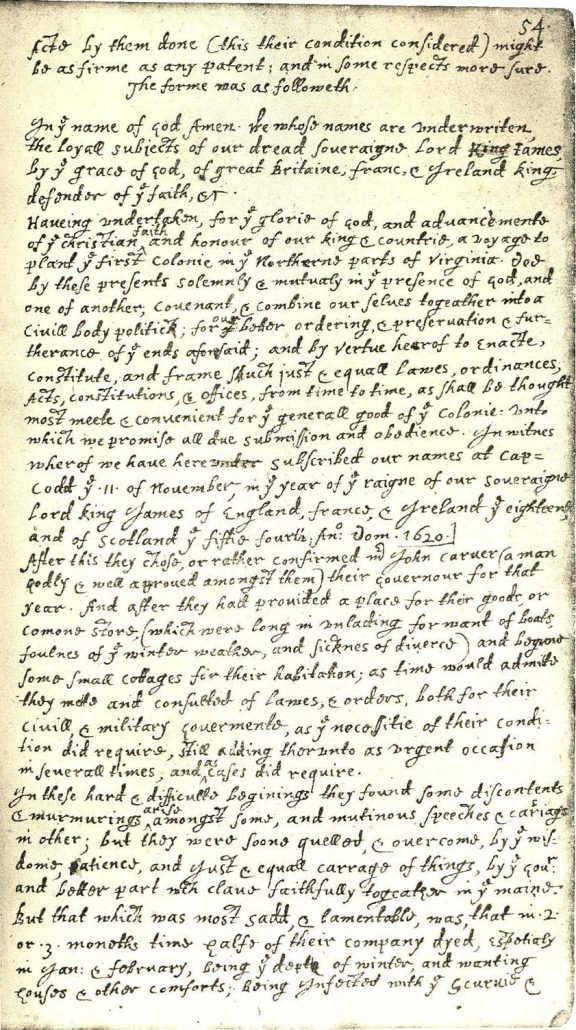
While the original version of the Mayflower Compact is lost to history, one of the Puritans, William Bradford, would copy it to his journal, Of Plymouth Plantation. The Mayflower Compact required of it’s male signatories:
- loyalty to King James
- the power to enact “laws, ordinances, acts, constitutions and offices…” for the good of the colony, and to abide by those laws
- to remain as one society and work together to further it
- to live in accordance with the Christian faith
The full text of the Mayflower Compact is as follows:
In the name of God, Amen. We, whose names are underwritten, the Loyal Subjects of our dread Sovereign Lord King James, by the Grace of God, of Great Britain, France, and Ireland, King, defender of the Faith, etc.:
Having undertaken, for the Glory of God, and advancements of the Christian faith, and the honor of our King and Country, a voyage to plant the first colony in the Northern parts of Virginia; do by these presents, solemnly and mutually, in the presence of God, and one another; covenant and combine ourselves together into a civil body politic; for our better ordering, and preservation and furtherance of the ends aforesaid; and by virtue hereof to enact, constitute, and frame, such just and equal laws, ordinances, acts, constitutions, and offices, from time to time, as shall be thought most meet and convenient for the general good of the colony; unto which we promise all due submission and obedience.
In witness whereof we have hereunto subscribed our names at Cape Cod the 11th of November, in the year of the reign of our Sovereign Lord King James, of England, France, and Ireland, the eighteenth, and of Scotland the fifty-fourth, 1620.
As such, the Mayflower Compact is the first form of self-rule in the New World.
The Puritans explored the area around Provincetown Harbor and eventually settled on a site for construction of shelters. On December 26th, a site was chosen and construction commenced with the first structure completed by January 19th, 1621.
This structure immediately became a hospital for the sick. By the end of February, 31 had died. By March, only 47 of the original 102 Puritan passengers on the Mayflower were still alive. Half of the crew had also perished.
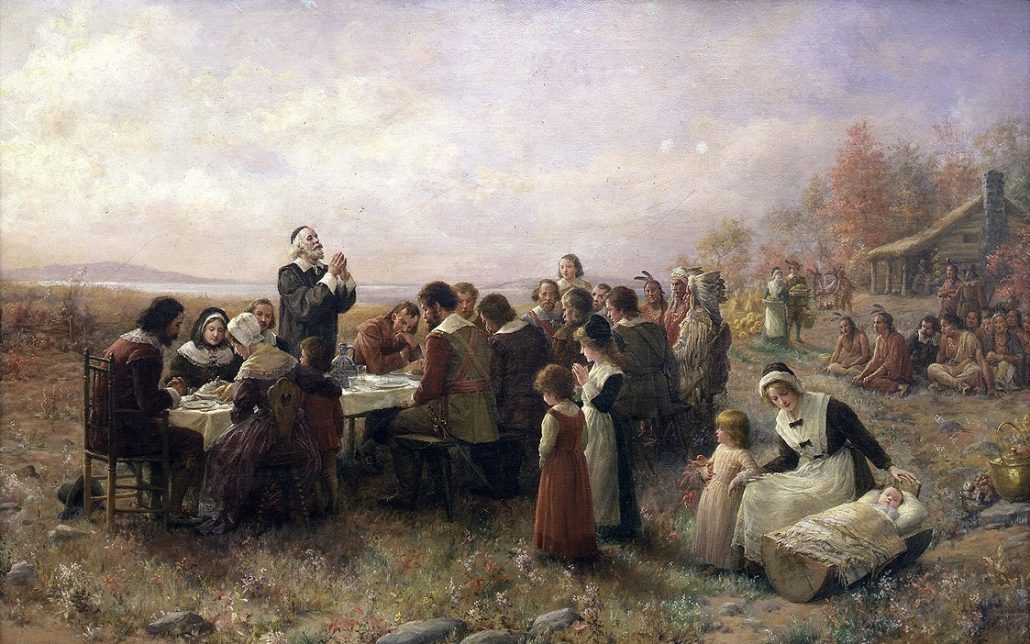
In October 1621, the surviving 53 passengers and crew of the Mayflower were joined by the Wampanoag chief Massosoit and 90 of his men to celebrate a harvest feast which has became known as “The First Thanksgiving”.
We now refer to the group of Puritans who voyaged on the Mayflower to the New World as the “Pilgrims”. The Plymouth Colony survived until 1691.
